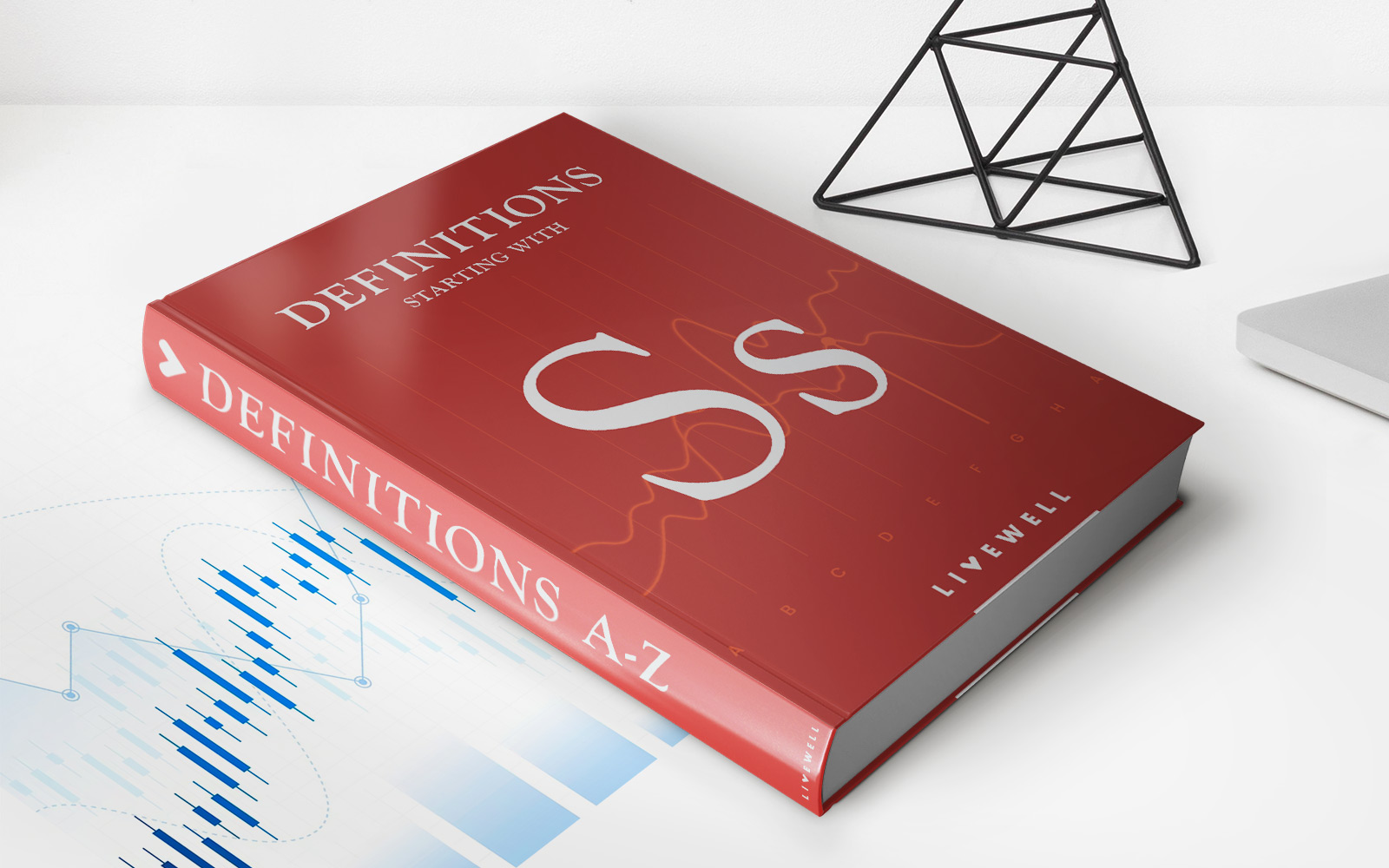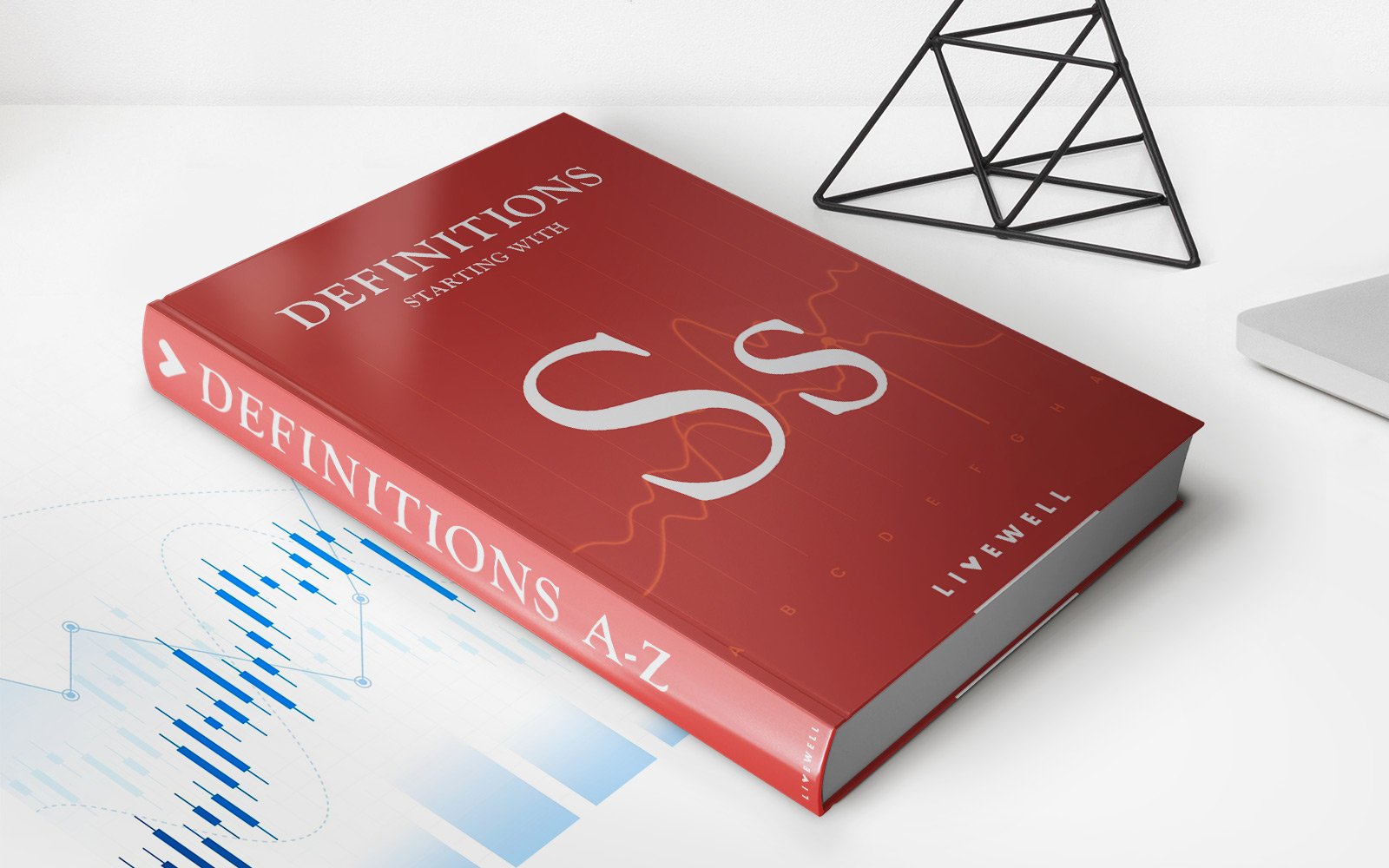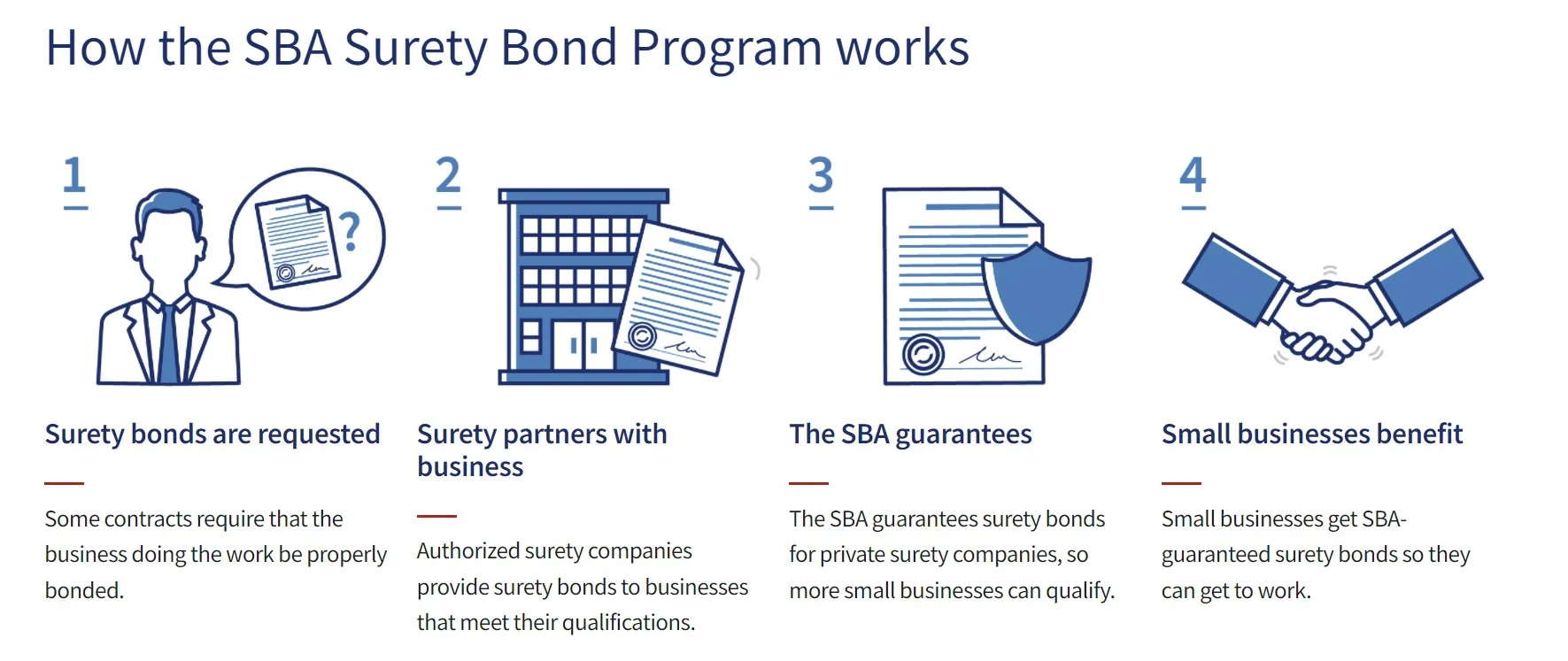Home>Finance>How Long Do Series EE Savings Bonds Earn Interest


Finance
How Long Do Series EE Savings Bonds Earn Interest
Published: January 16, 2024
Looking for information on how long Series EE Savings Bonds earn interest? This finance guide will provide you with all the details you need to know.
(Many of the links in this article redirect to a specific reviewed product. Your purchase of these products through affiliate links helps to generate commission for LiveWell, at no extra cost. Learn more)
Table of Contents
- Introduction
- What are Series EE Savings Bonds?
- How are Series EE Savings Bonds different from other types of bonds?
- How does the interest on Series EE Savings Bonds accrue?
- How long do Series EE Savings Bonds earn interest?
- Are there any special circumstances where Series EE Savings Bonds continue to earn interest after their maturity?
- What happens if you cash in your Series EE Savings Bonds before they reach maturity?
- Conclusion
Introduction
Series EE Savings Bonds are a popular investment option offered by the United States Department of the Treasury. These bonds are considered a safe and secure investment, backed by the full faith and credit of the U.S. government.
When you invest in Series EE Savings Bonds, you are essentially lending money to the government. In return, the government pays you interest on the bond until it reaches maturity. This makes Series EE Savings Bonds a reliable savings tool for individuals who want to earn a modest return on their investment.
Unlike traditional bonds issued by corporations or municipalities, Series EE Savings Bonds do not pay interest on a regular basis. Instead, the interest is added to the bond’s value and accrues over time. This means that the longer you hold the bond, the more interest you accumulate.
In this article, we will explore how interest on Series EE Savings Bonds accrues and discuss the length of time these bonds continue to earn interest. We will also touch on special circumstances where Series EE Savings Bonds can continue to earn interest even after their maturity date. Lastly, we will examine what happens if you choose to cash in your Series EE Savings Bonds before they reach maturity.
What are Series EE Savings Bonds?
Series EE Savings Bonds are a type of savings bond issued by the United States Department of the Treasury. These bonds were first introduced in 1980 as a successor to the Series E Savings Bonds. They are available for purchase in denominations ranging from $25 to $10,000.
Series EE Savings Bonds are considered a safe and low-risk investment option, as they are backed by the full faith and credit of the U.S. government. This means that the government guarantees to repay the bondholder the face value of the bond, along with any accrued interest, upon maturity.
One key feature of Series EE Savings Bonds is that they have a fixed interest rate. The interest rate for Series EE Savings Bonds purchased after May 1, 2005, is set at a fixed rate that remains the same for the entire life of the bond. The interest is determined by a combination of a fixed rate determined at the time of purchase and a variable rate that is adjusted every six months in response to market conditions.
Series EE Savings Bonds have a maximum maturity period of 30 years. However, they reach their initial maturity in 20 years. This means that after 20 years, the bond can no longer earn additional interest based on its original terms. After the initial 20-year maturity, the bond continues to earn interest for an additional 10 years under extended maturity rules.
It’s important to note that Series EE Savings Bonds have certain tax advantages. The interest earned on these bonds is exempt from state and local taxes. Additionally, if you use the bond proceeds to pay for qualified educational expenses, you may be able to exclude the interest from federal income tax as well.
Overall, Series EE Savings Bonds offer a secure and reliable way to save and earn interest over time. They provide individuals with an opportunity to invest in the stability of the U.S. government while also enjoying potential tax benefits and the flexibility to cash in the bonds when needed.
How are Series EE Savings Bonds different from other types of bonds?
Series EE Savings Bonds have several distinctive characteristics that set them apart from other types of bonds:
1. Backed by the U.S. government: Unlike corporate or municipal bonds, which are issued by entities with varying levels of creditworthiness, Series EE Savings Bonds are backed by the full faith and credit of the U.S. government. This makes them extremely low-risk investments.
2. Fixed interest rates: Series EE Savings Bonds have fixed interest rates that remain constant throughout the life of the bond. This is different from other types of bonds, such as Treasury bonds or corporate bonds, which often have variable interest rates that can fluctuate over time.
3. Long-term investment: Series EE Savings Bonds have a maximum maturity period of 30 years, with an initial maturity period of 20 years. This makes them a long-term investment option, ideal for individuals looking to save for long-term goals, such as retirement or education expenses.
4. Tax advantages: The interest earned on Series EE Savings Bonds is exempt from state and local taxes. In addition, if the bond proceeds are used for qualified educational expenses, the interest may also be excluded from federal income tax. This tax advantage sets Series EE Savings Bonds apart from other types of taxable bonds.
5. Accessibility: Series EE Savings Bonds are widely accessible to the general public. They can be purchased directly from the U.S. Treasury’s website, financial institutions, or through employer-sponsored programs. This accessibility makes them a popular choice for individuals looking for a simple and convenient investment option.
6. No secondary market: Unlike many other types of bonds, Series EE Savings Bonds do not have a secondary market. This means that they cannot be bought or sold on the open market. Instead, they can only be redeemed with the U.S. Treasury.
Overall, Series EE Savings Bonds offer unique features that make them an attractive investment option for individuals seeking a safe and reliable way to save and earn interest over a long period of time. The backing of the U.S. government, fixed interest rates, tax advantages, and accessibility contribute to their appeal as a savings tool for a wide range of investors.
How does the interest on Series EE Savings Bonds accrue?
The interest on Series EE Savings Bonds accumulates in a unique way. Unlike traditional bonds that pay interest on a periodic basis, Series EE Savings Bonds accrue interest over time. Here’s how it works:
When you purchase a Series EE Savings Bond, it is initially sold at a discount to its face value. This means that you pay less than the bond’s full value upfront. Over time, the bond increases in value as it earns interest. The interest is compounded semi-annually based on the bond’s fixed and variable rates.
For bonds purchased on or after May 1, 2005, the fixed interest rate is determined at the time of purchase and remains constant for the life of the bond. The variable interest rate, on the other hand, is updated every six months in response to market conditions.
The interest on Series EE Savings Bonds is calculated using a formula that ensures the bond reaches its face value by the time it reaches maturity. The bond continues to earn interest for up to 30 years, but its initial maturity occurs after 20 years.
During the first 20 years, the bond’s value increases monthly as interest accrues. After the initial 20-year period, the bond enters an extended maturity period, during which it can continue to earn interest for an additional 10 years.
It’s important to note that the interest on Series EE Savings Bonds is subject to federal income tax. However, you also have the option to defer paying taxes on the interest until you redeem the bond or it reaches final maturity. This can be beneficial for individuals who want to delay paying taxes on their investment earnings.
If you choose to redeem your Series EE Savings Bond before it reaches maturity, you will still receive the bond’s full face value and any accrued interest up to the date of redemption. However, if you redeem the bond within the first five years of its issue date, you will forfeit the last three months of interest as a penalty.
In summary, the interest on Series EE Savings Bonds accrues and compounds over time, increasing the bond’s value until it reaches its final maturity. This unique interest calculation method, combined with the bond’s long-term potential and tax advantages, make Series EE Savings Bonds a popular choice for individuals looking for a safe and reliable investment option.
How long do Series EE Savings Bonds earn interest?
Series EE Savings Bonds earn interest for a specific period of time, determined by their maturity. The length of time that Series EE Savings Bonds earn interest varies depending on when the bond was issued.
For Series EE Savings Bonds issued before May 2005, the original maturity period was 30 years. This means that these bonds would continue to earn interest for the full 30-year term. However, since May 2005, the rules have changed.
Currently, for Series EE Savings Bonds purchased on or after May 1, 2005, the maximum maturity period is 30 years, but the initial maturity occurs after 20 years. This means that the bond will no longer earn additional interest based on its original terms after it reaches the 20-year mark.
However, Series EE Savings Bonds do have an additional extended maturity period. For the 10 years following the initial 20-year maturity, the bond will continue to earn interest at a market-based rate, compounded semi-annually. This extended period was added to ensure that the bond continues to earn interest until it reaches its final maturity.
It’s important to note that while Series EE Savings Bonds may continue to earn interest for up to 30 years, it doesn’t necessarily mean that it is beneficial to hold onto them for that long. It’s always recommended to evaluate your investment goals and consider other investment options that may offer higher returns if you have a longer time horizon.
When considering whether to redeem your Series EE Savings Bonds, it’s crucial to evaluate the current interest rates and your own financial needs. If the bond has reached its initial maturity, you may want to explore alternative investment opportunities that could potentially offer a higher return.
Furthermore, remember that if you choose to redeem your Series EE Savings Bond before it reaches maturity, you will still receive the bond’s full face value and any accrued interest up to the date of redemption. However, if you redeem the bond within the first five years, you may incur a penalty of forfeiting the last three months of interest.
In summary, Series EE Savings Bonds continue to earn interest for a maximum of 30 years. After the initial 20-year maturity, the bond enters an extended maturity period during which it can still accumulate interest for an additional 10 years. However, it’s important to assess your investment goals and consider other potential investment options as you near the maturity of your Series EE Savings Bonds.
Are there any special circumstances where Series EE Savings Bonds continue to earn interest after their maturity?
Under certain special circumstances, Series EE Savings Bonds can continue to earn interest after their maturity date. This provision ensures that bondholders are not penalized for holding onto the bonds beyond their initial maturity. Here are some scenarios where Series EE Savings Bonds can continue to accrue interest:
1. Redemption deferral: If you choose not to redeem your Series EE Savings Bond upon its maturity, you can request a deferral of redemption. This means that instead of cashing in the bond, you can continue to let it earn interest for an additional period. By deferring redemption, the bond will continue to earn interest based on the prevailing market-based rate, compounded semi-annually.
2. Qualified education expenses: Series EE Savings Bonds used for qualified education expenses may also continue to earn interest after their maturity if certain conditions are met. If you redeem the bond and use the proceeds to pay for eligible educational expenses, such as tuition or fees at an accredited institution, you may be able to exclude the interest earned from federal income tax. This tax advantage can be significant, allowing you to maximize the value of your bond’s earnings over time.
3. Bonds held by active-duty military: Members of the military who are on active duty and have Series EE Savings Bonds that reach maturity during their service may be eligible for an extension of interest-earning period. This provision is in place as a way to support servicemen and women who may not have the opportunity to redeem their bonds due to their military duties. The interest-earning period for these bonds can be extended up to 180 days after the end of active duty service.
It’s important to note that while these special circumstances can allow Series EE Savings Bonds to continue earning interest beyond their initial maturity, there are specific requirements and documentation needed to qualify for these provisions. It’s advisable to consult the U.S. Treasury or a financial professional for detailed guidance and to ensure compliance with the eligibility criteria.
In summary, Series EE Savings Bonds can continue to earn interest after their maturity date in certain circumstances. By deferring redemption, using the bond for qualified education expenses, or taking advantage of the military extension provision, bondholders can extend the interest-earning period and potentially maximize the value of their investment. Understanding these special circumstances can help bondholders make informed decisions regarding the timing of bond redemption and potentially enhance the returns on their Series EE Savings Bonds.
What happens if you cash in your Series EE Savings Bonds before they reach maturity?
If you choose to cash in your Series EE Savings Bonds before they reach maturity, there are certain implications to consider. Here’s what happens when you redeem your Series EE Savings Bonds early:
1. Interest calculation: When you cash in your Series EE Savings Bonds, you will receive the bond’s full face value, as well as any accrued interest that has accumulated up to the date of redemption. The interest is calculated based on the bond’s fixed and variable rates, compounded semi-annually. However, if you redeem your bond within the first five years of its issue date, you will forfeit the last three months of interest as a penalty.
2. Tax implications: The interest earned on Series EE Savings Bonds is subject to federal income tax. However, you have the option to defer paying taxes on the interest until you redeem the bond or it reaches its final maturity. This can be advantageous for individuals who want to delay tax payments on their investment earnings. It’s important to consult with a tax professional for guidance on your personal tax situation and the potential impact of redeeming your bonds early.
3. Early redemption penalties: Apart from forfeiting the last three months of interest if redeemed within the first five years, there are no additional penalties or fees for cashing in your Series EE Savings Bonds early. Unlike some other types of bonds, Series EE Savings Bonds do not have early redemption fees or penalties. You can redeem them at any time after the initial six-month holding period.
4. Reinvestment opportunities: By redeeming your Series EE Savings Bonds early, you have the ability to reinvest the funds into other investment options or use the proceeds for your specific financial needs. You can evaluate different investment opportunities based on your risk tolerance, time horizon, and financial goals.
5. Considerations for future savings: When deciding whether to cash in your Series EE Savings Bonds before maturity, it’s important to review your overall financial situation. Consider factors such as current interest rates, alternative investment options, and your future savings goals. If you have longer-term goals, it may be more beneficial to hold onto your Series EE Savings Bonds until they reach maturity or explore other investment avenues.
In summary, if you choose to cash in your Series EE Savings Bonds before they reach maturity, you will receive the bond’s full face value along with any accrued interest up to the date of redemption. However, redeeming the bonds early may result in the forfeit of the last three months of interest and you may need to consider the potential tax implications. It’s essential to evaluate your financial needs, investment opportunities, and long-term goals when deciding whether to redeem your Series EE Savings Bonds early.
Conclusion
Series EE Savings Bonds provide individuals with a safe and reliable investment option backed by the U.S. government. These bonds offer the opportunity to earn interest over a specific period of time, typically up to 30 years. While the interest on Series EE Savings Bonds accrues differently from traditional bonds, it still provides a consistent and steady growth of value.
Understanding the unique characteristics of Series EE Savings Bonds is essential for making informed financial decisions. It’s important to note that after the initial 20-year maturity period, the bond will no longer earn additional interest based on its original terms. However, it enters an extended maturity period during which it can continue to earn interest for up to 10 additional years.
Special circumstances, such as redemption deferral, qualified education expenses, and military extensions, can provide opportunities for Series EE Savings Bonds to continue earning interest beyond their maturity dates. These provisions offer flexibility and potential tax advantages for investors.
If you decide to cash in your Series EE Savings Bonds before they reach maturity, you will receive the bond’s full face value along with any accrued interest up to the date of redemption. It’s important to consider potential tax implications and reinvestment opportunities when making this decision.
Ultimately, Series EE Savings Bonds serve as a long-term savings tool for individuals seeking a low-risk investment option. They provide financial stability, accessibility, and potential tax advantages. However, it’s vital to evaluate your own financial goals, risk tolerance, and market conditions to determine if holding onto Series EE Savings Bonds until maturity is the best strategy for your specific needs.
Whether you choose to hold onto your Series EE Savings Bonds or redeem them early, the key is to have a clear understanding of the terms, implications, and potential benefits associated with these bonds. By doing so, you can make informed decisions to maximize the value of your investments and meet your financial goals.














